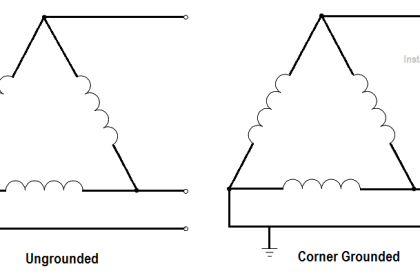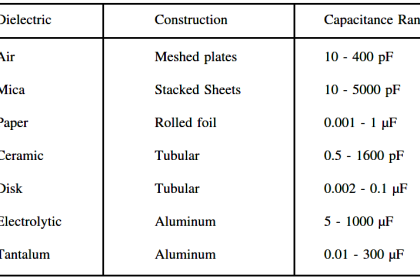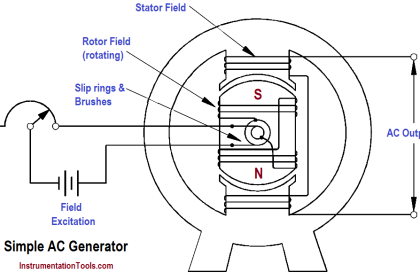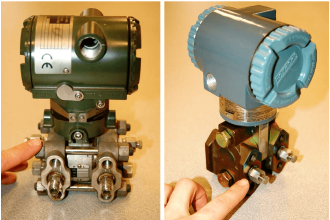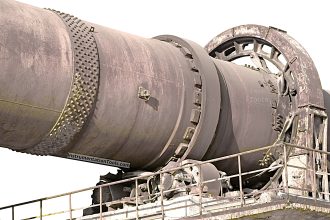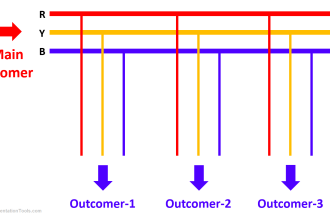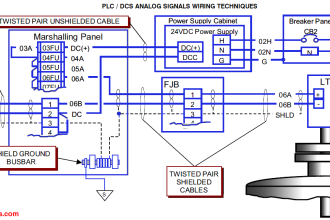Within the two basic categories of motor controllers, there are three major types of AC acrossthe-line controllers in use today. There are low-voltage protection (LVP), low-voltage release (LVR), and low-voltage release effect (LVRE) controllers.
The main purpose of an LVP controller is to de-energize the motor in a low voltage condition and keep it from re-starting automatically upon return of normal voltage (Below Figure).
LVP Controller Operation:
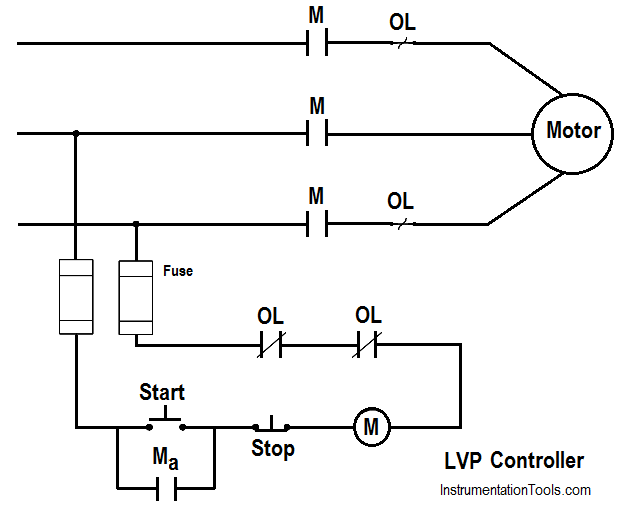
Figure : LVP Controller
- Push the START button, which energizes contactor coil M, closing the M and Ma contacts. When the START button is released, the circuit will remain complete, because the Ma contact remains closed, shunting the open start switch.
- When a low voltage condition occurs, the M coil will drop out at some pre-determined value of voltage, and the M and Ma contacts will open. The START button must then be pushed to restart the motor.
- Depressing the STOP button deenergizes the M coil, which then opens the M and Ma contacts.
The purpose of the LVR controller is to de-energize the motor in a low voltage condition and restart the motor when normal voltage is restored. This type of controller (Below Figure) is used primarily on small and/or critical loads (e.g., cooling water pumps required for safety-related equipment).
LVR Controller Operation:
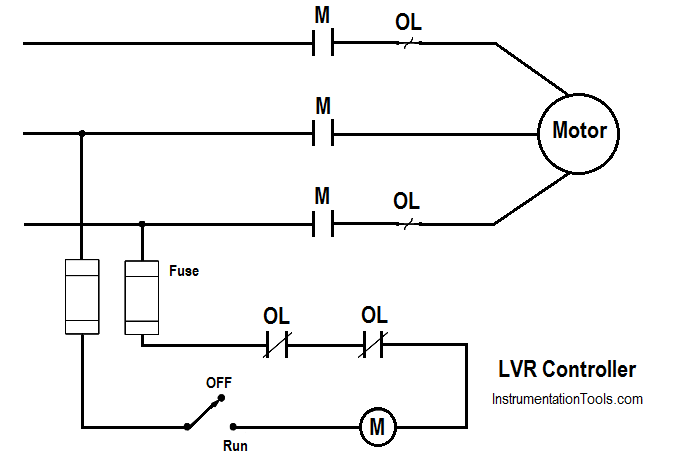
Figure : LVR Controller
- Place the START switch in Run which energizes coil M, closing the M contacts and starting the motor.
- When a low voltage condition occurs, the M coil drops out, opening the M contacts and de-energizing the motor. When normal voltage is restored, the M coil is again energized, closing the M contacts and restarting the motor.
The LVRE controller maintains the motor across the line at all times. This type of controller is of the manual variety and is found mostly on small loads that must start automatically upon restoration of voltage (Below Figure). An LVRE controller may or may not contain overloads. If overloads are used, they will be placed in the lines to the load.
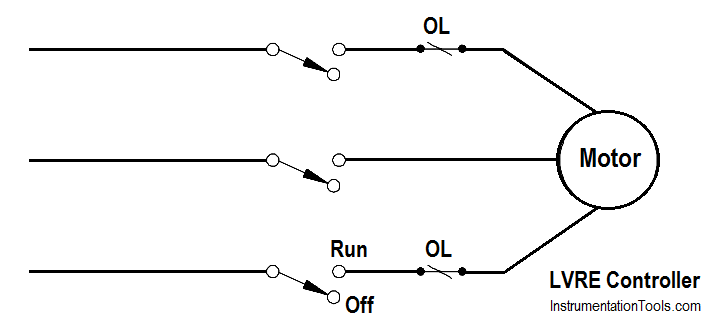
Figure : LVRE Controller
The motor controllers that have been discussed are very basic. There are many automatic control functions that can be incorporated into these types of controllers.
